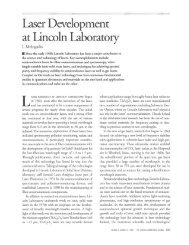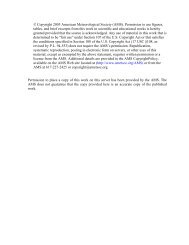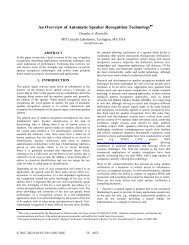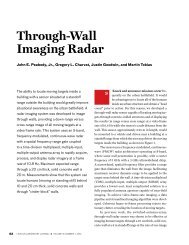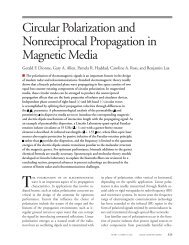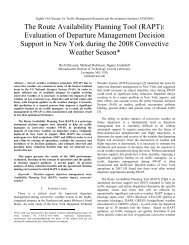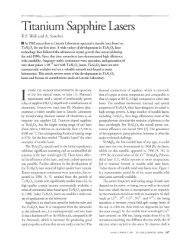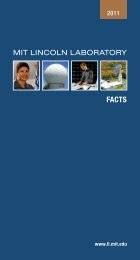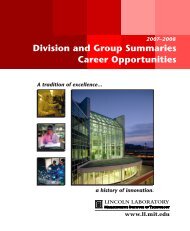Automated Flight Strip Management System Functional Description
Automated Flight Strip Management System Functional Description
Automated Flight Strip Management System Functional Description
Create successful ePaper yourself
Turn your PDF publications into a flip-book with our unique Google optimized e-Paper software.
5.4.2 Traffic Data Recording Requirements<br />
Using the on and off line data base storage system described above, ASMS should<br />
offer a menu driven software system accessible to the supervisor to generate traffic data<br />
summary reports. The system should be capable of summarizing the data by: 1) arrivals<br />
and departures; 2) aircraft category (heavy, large, small) or (air carrier, commuter, general<br />
aviation); 3) runway used; 4) time period. Standardized report fonnats and parameters<br />
should be stored so that the supervisor can select a standard report from a menu.<br />
5.4.3 Operational Recording and Eligibility Requirements<br />
The ASMS system should keep track ofthe acting controller by position by<br />
requiring a log-in. The log-in should allow the recording oftraining time by trainer and<br />
trainee. This data should be stored with the <strong>Flight</strong> Progress <strong>Strip</strong> data. A menu driven<br />
software package should be provided that allows the supervisor to prepare standardized<br />
summary time reports including training and overtime. The system should provide the<br />
supervisor with real time eligibility checks which includes algorithms for position<br />
certification, training, length oftime at position, or any other constraint that would<br />
determine a persons eligibility to act as a controller at that position. In no case should the<br />
ASMS software prevent a controller from logging in, even if it violates a preset constraint.<br />
5.5 OPTIMUM QUEUE MODULE<br />
ASMS will have access to data on departing aircraft by gate, aircraft type, and<br />
routing including initial departure fix. It is possible that a knowledge based algorithm<br />
could be developed to optimize the departure sequence by runway taking into account<br />
arrivals (both known from ARTS or Host or predicted based on statistics), airport<br />
configuration, separation standards, flow control limits to initial departure fixes, and<br />
aircraft performance limits. The software design should at least make provisions for a<br />
software module designed to optimize departure queues. This could serve as a test bedfor<br />
future ASTA software and for integration with TATCA.<br />
41



